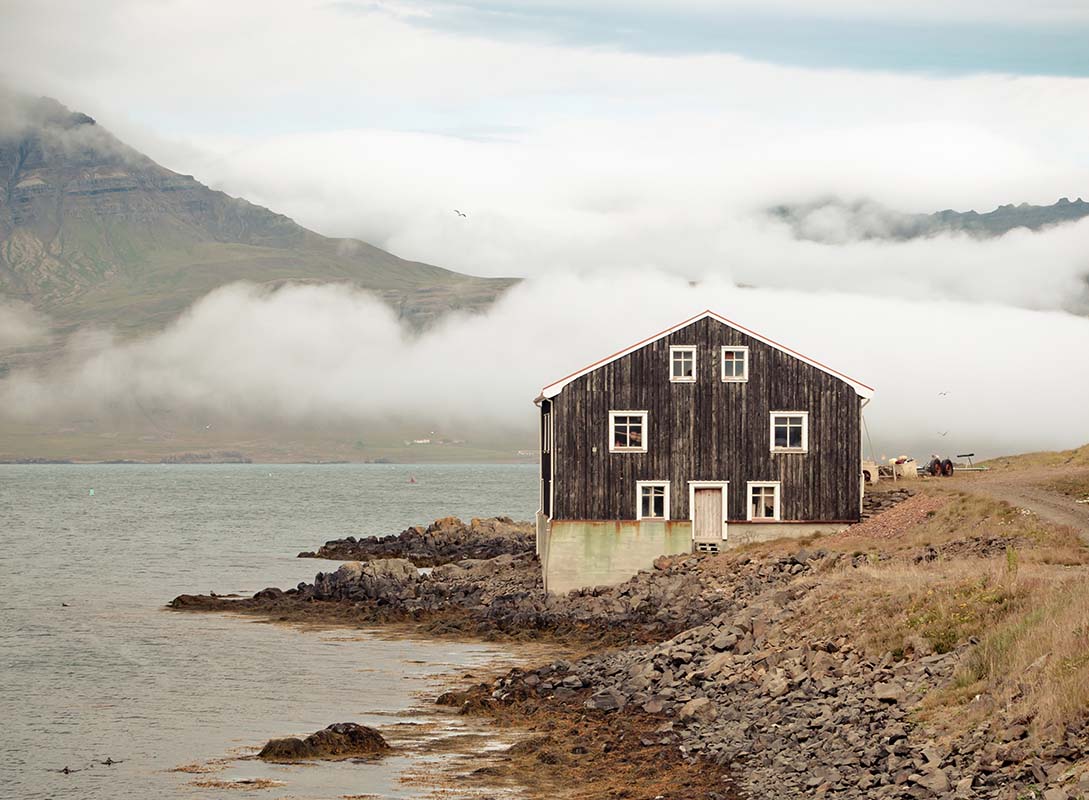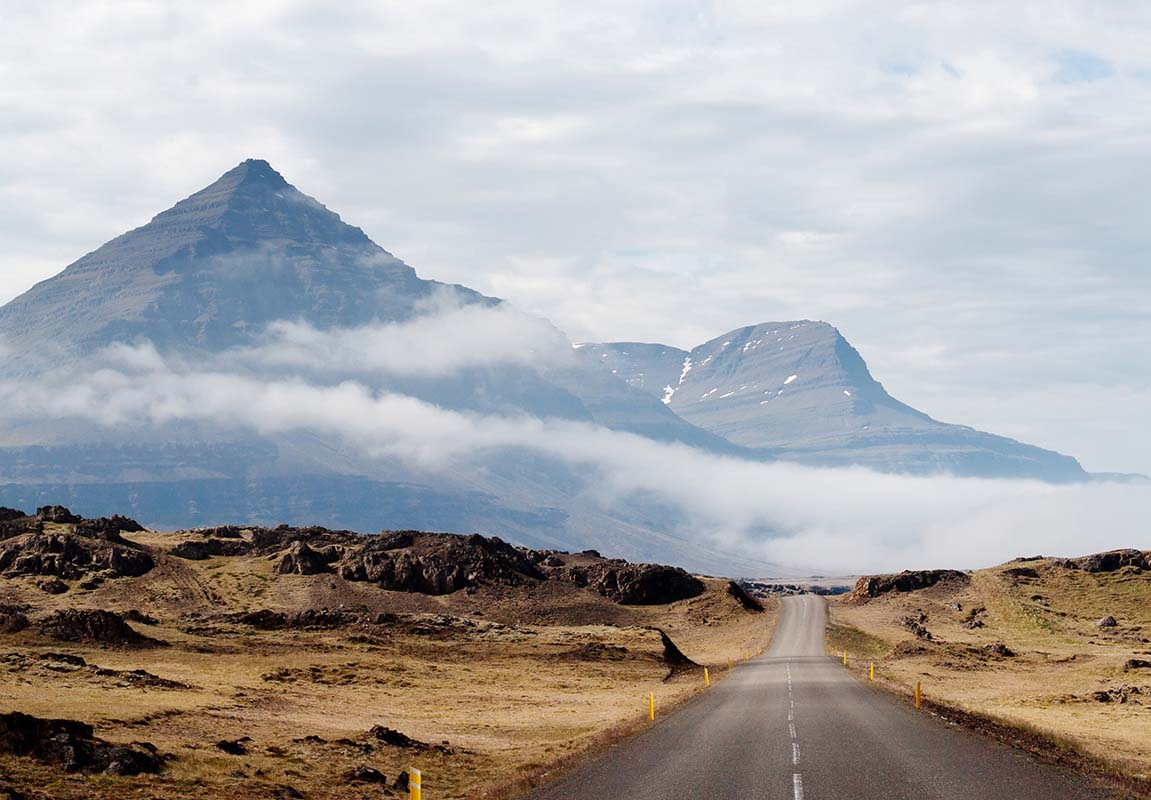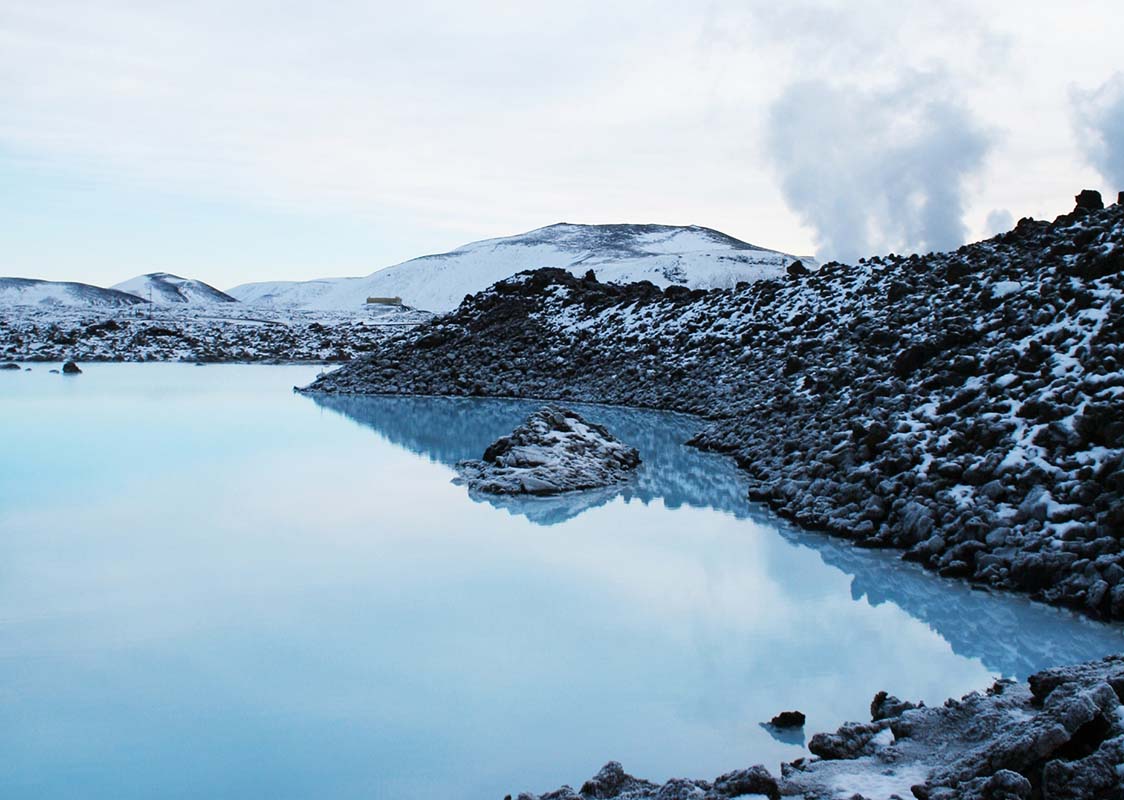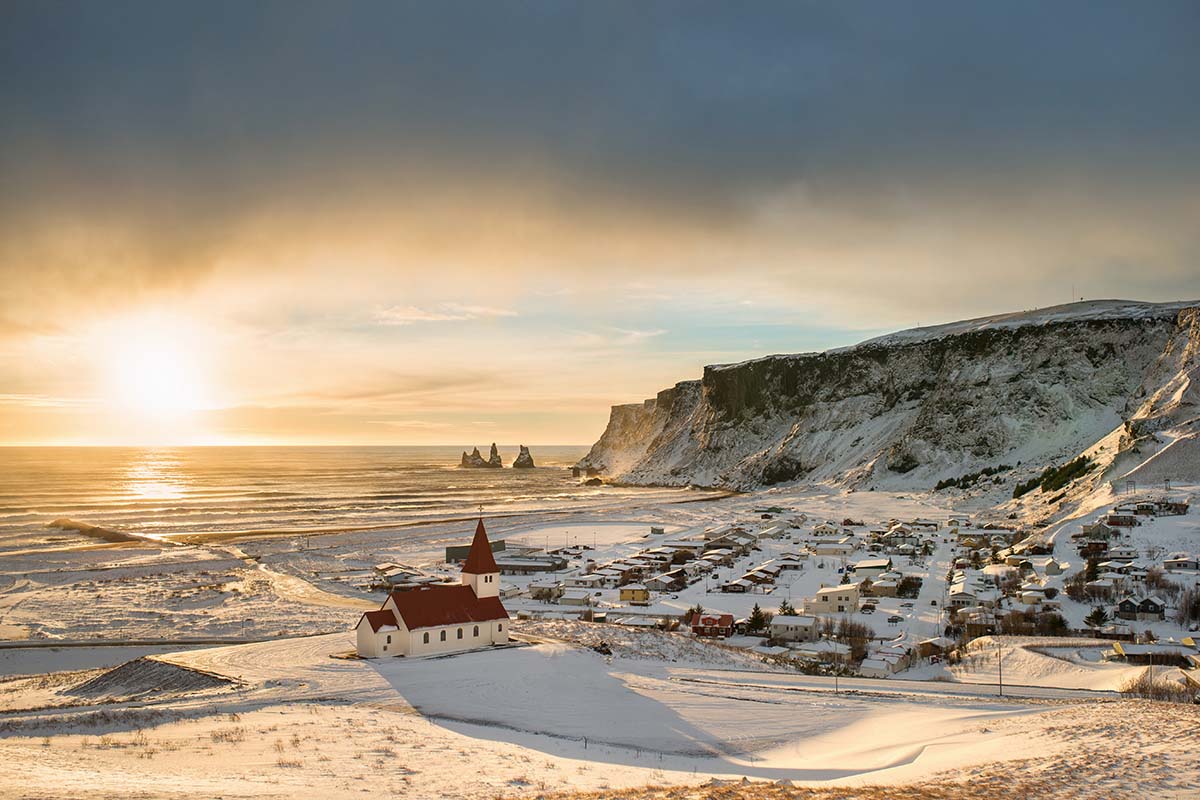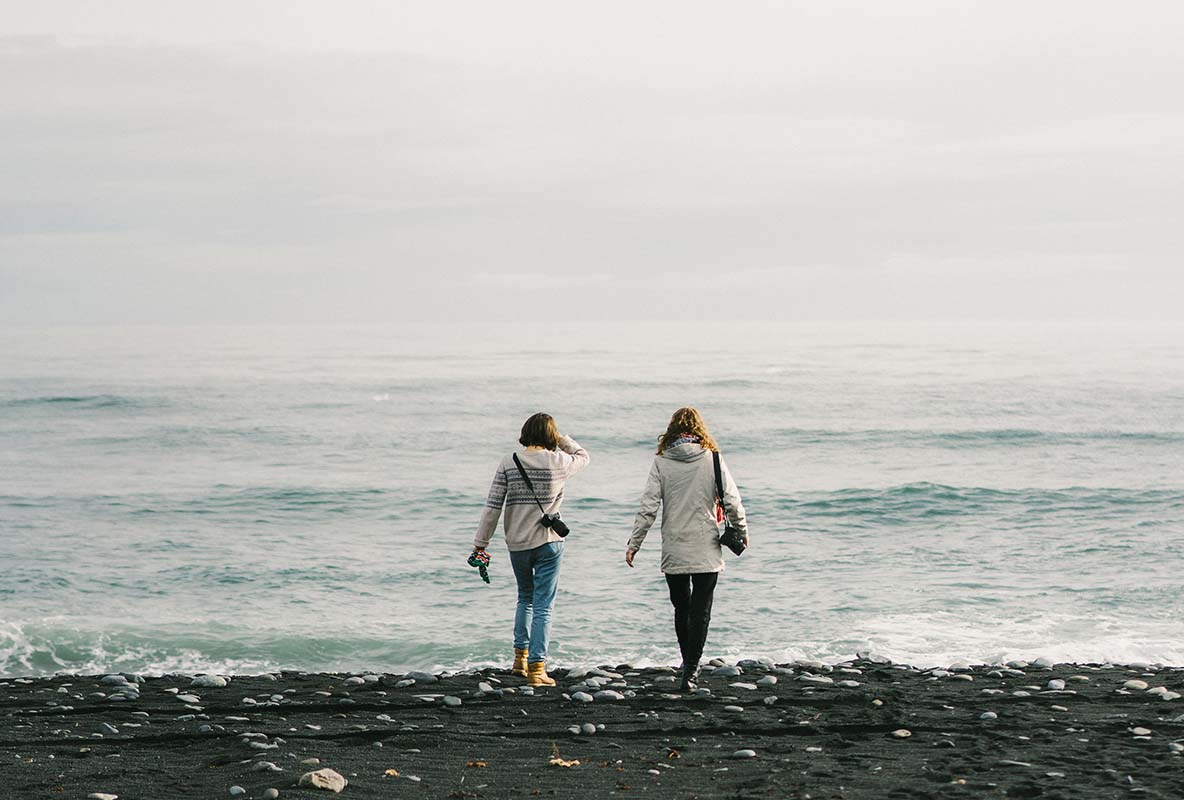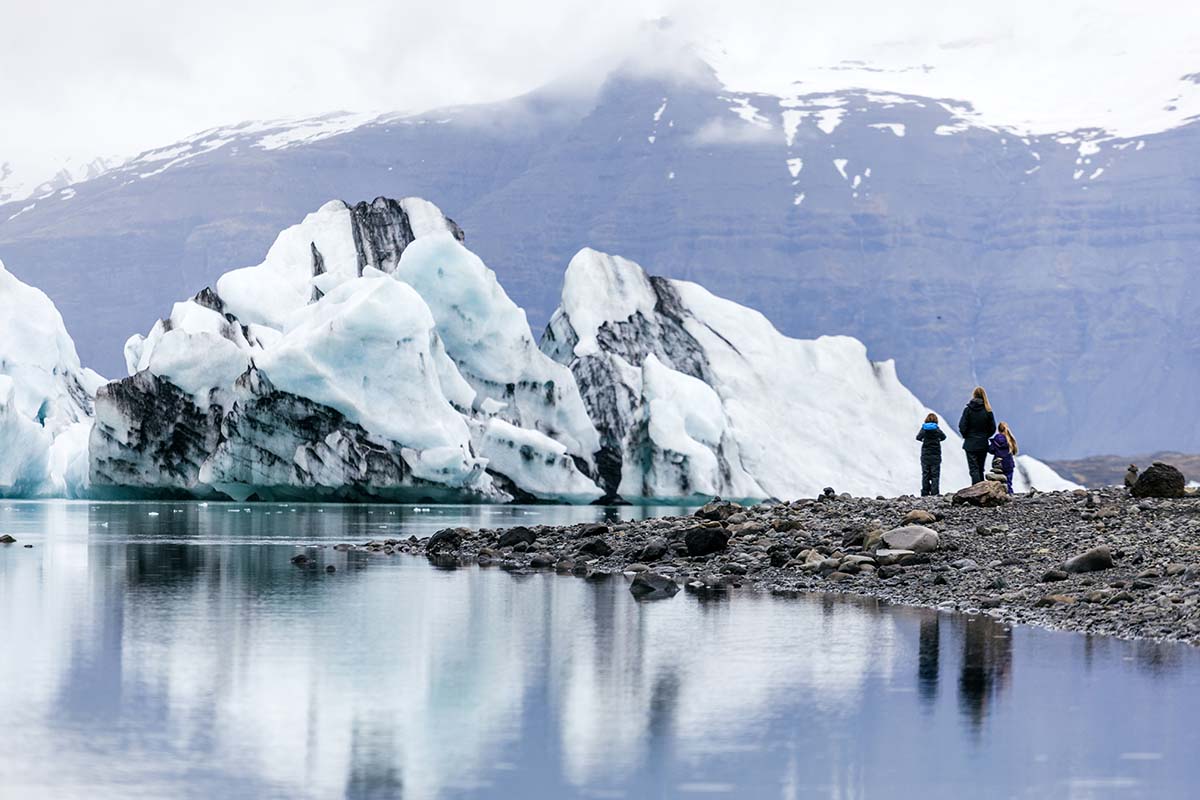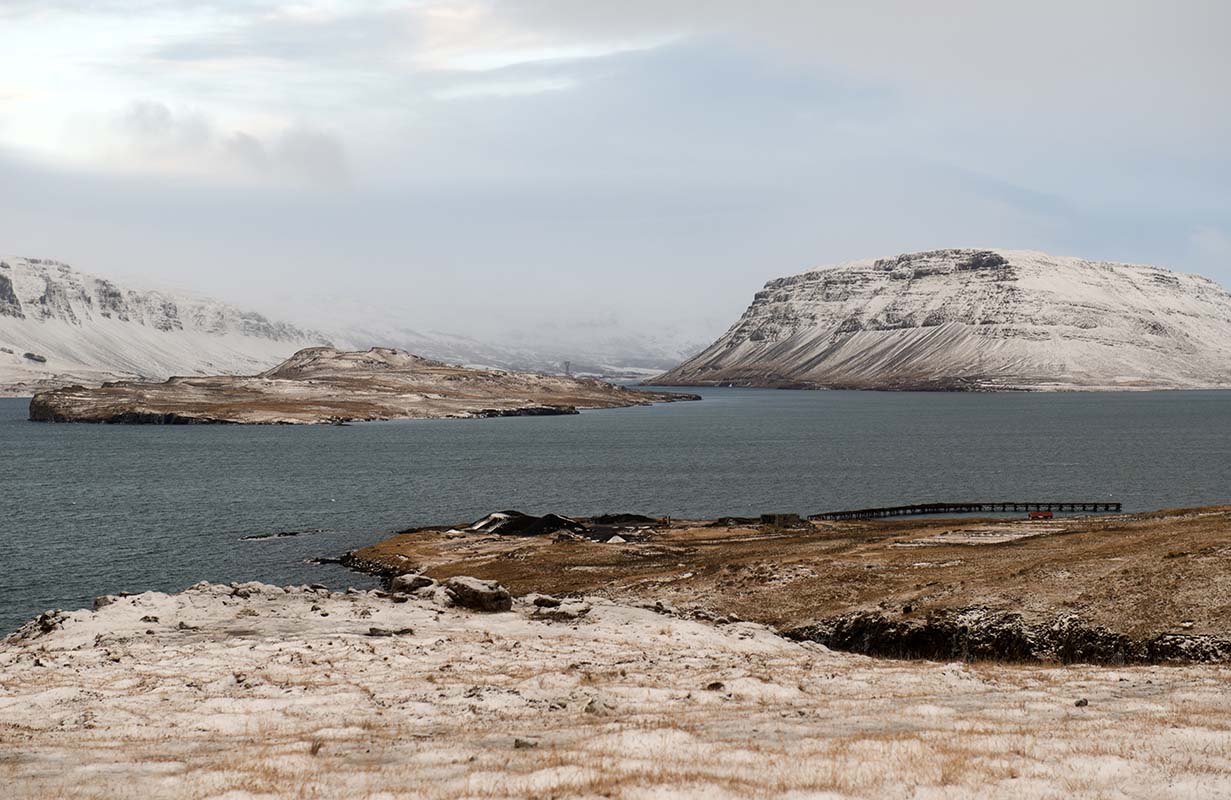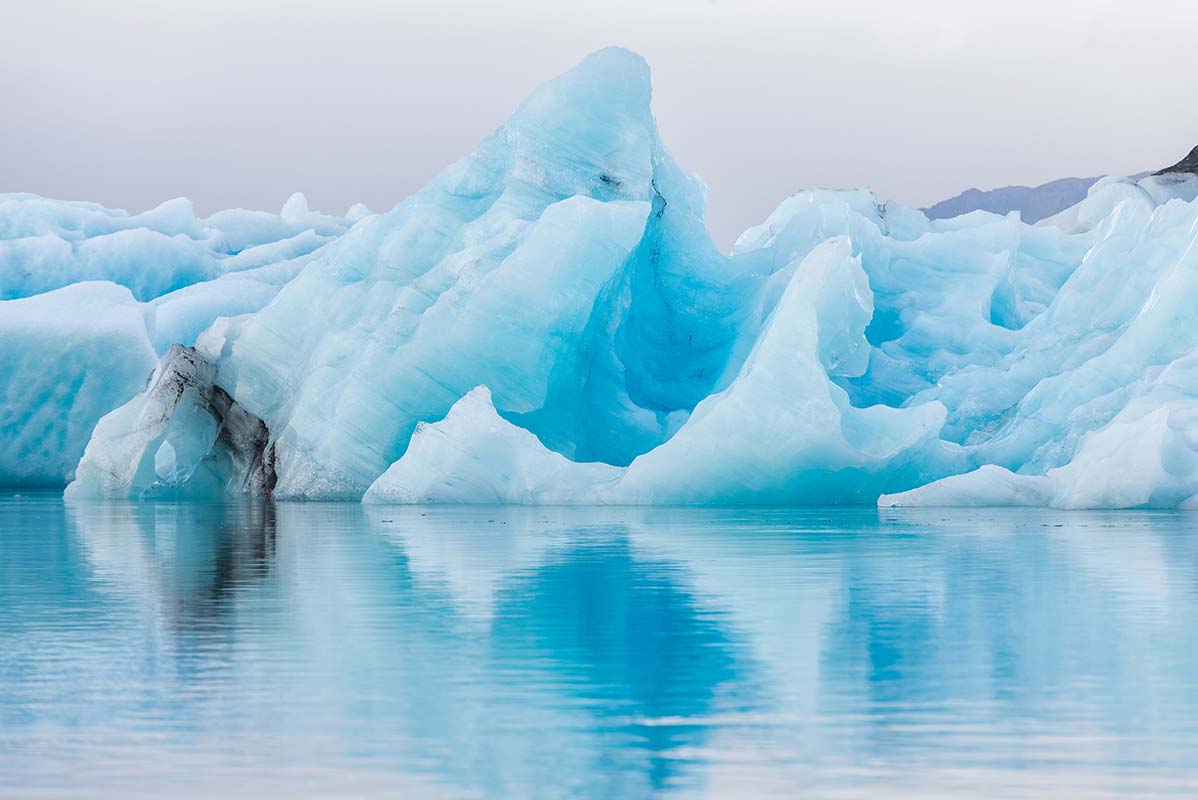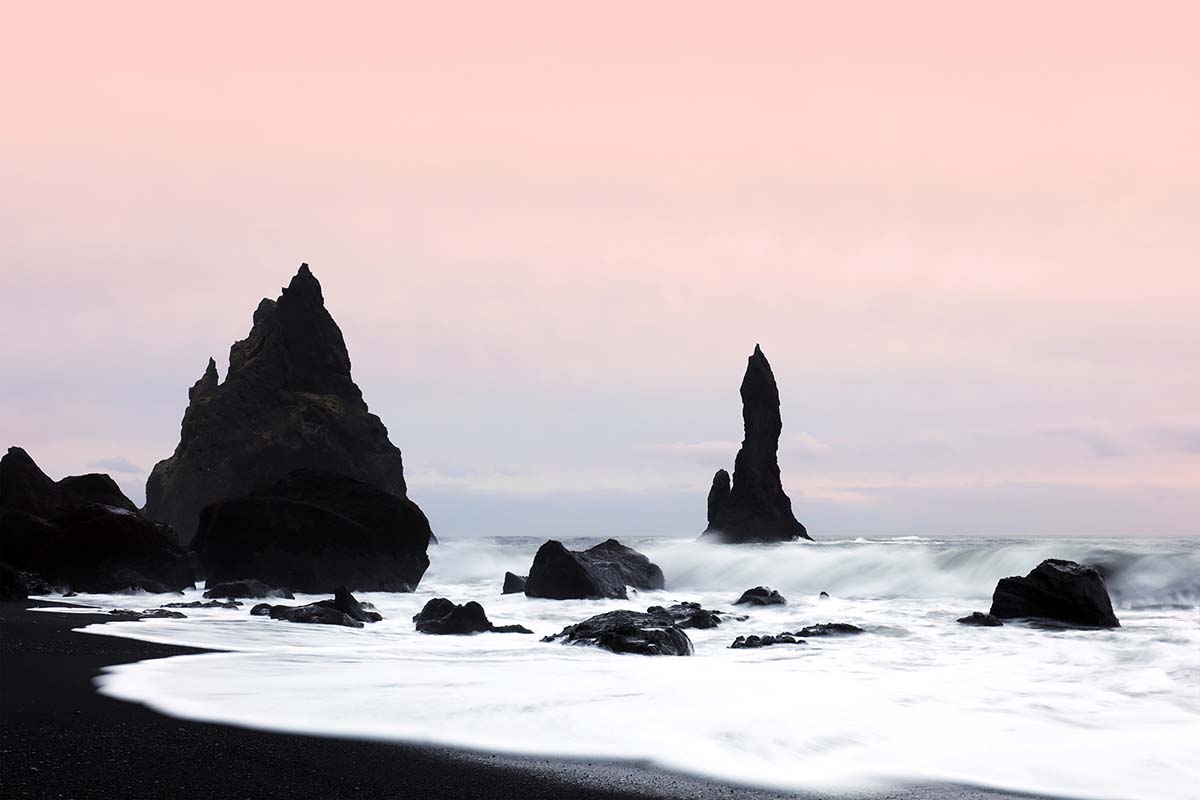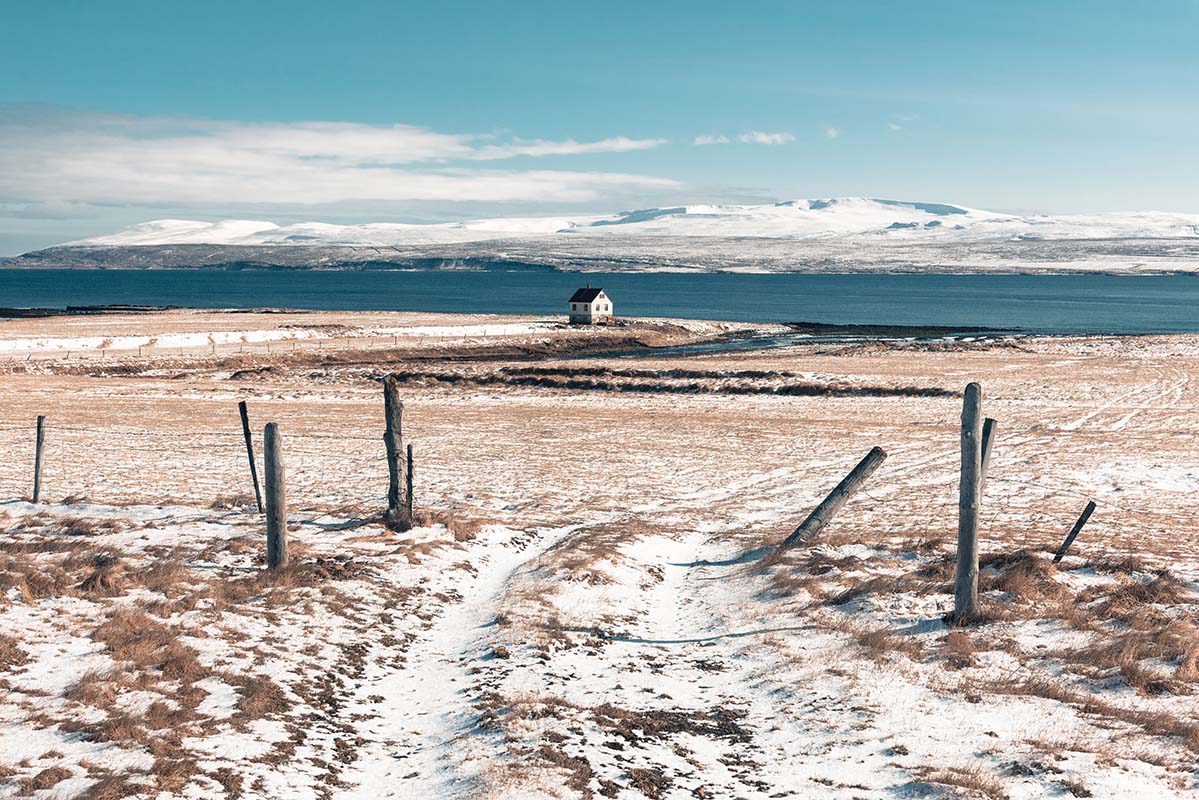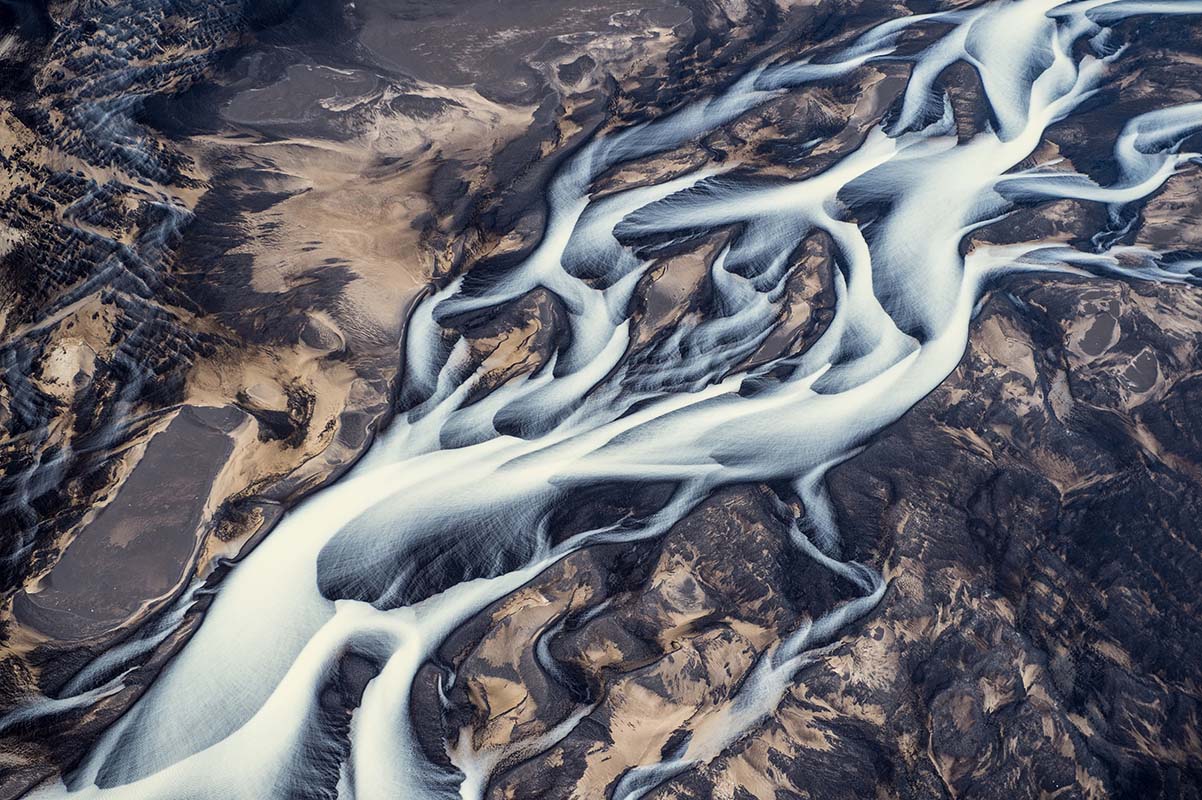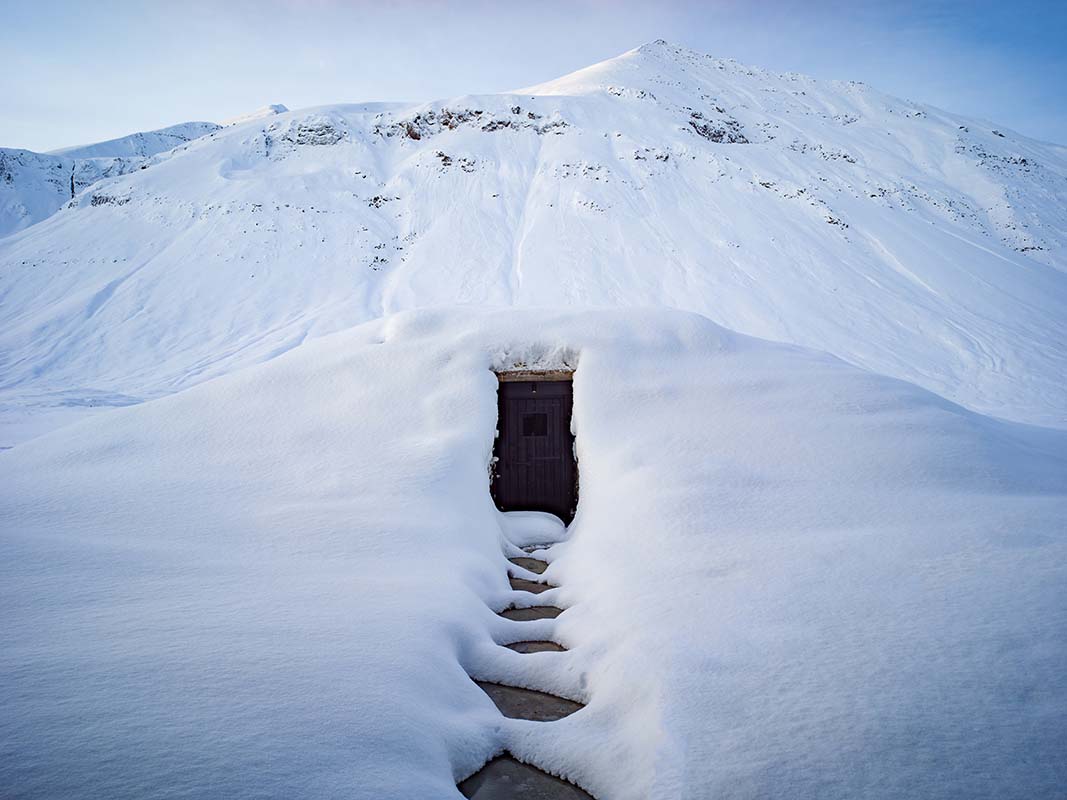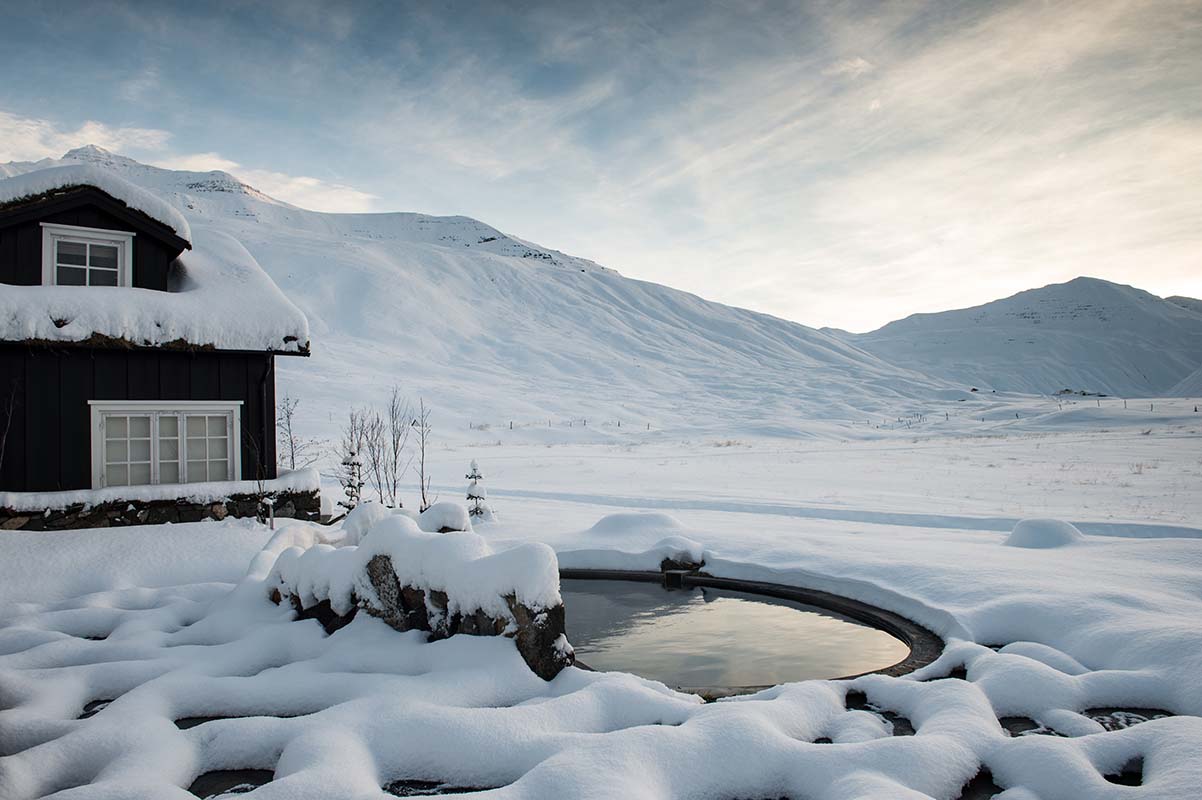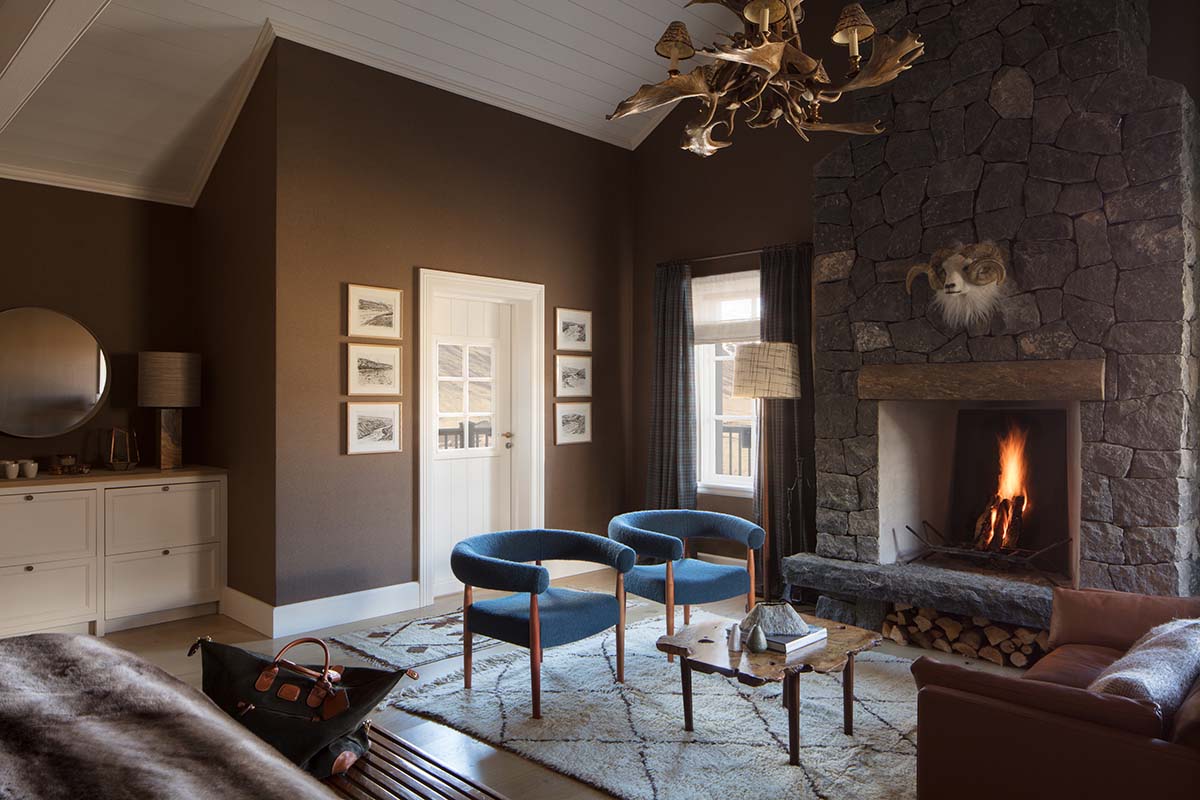What is there to do in Southern Iceland?
Southern Iceland is paradise for action-seeking adventurers, with all kinds of wacky and wonderful activities on offer, from whale watching and ice trekking on Myrdalsjokull glacier to crevasse climbing, 4x4 tours and volcano summiting, helicopter tours, waterfall walks, riding tours, caving and fishing. The Golden Circle is the ultimate place to begin a holiday in southern Iceland. Embark on this impressive road trip route that boasts some of Iceland’s most awe-inspiring natural wonders. Gawk at the mighty Gullfoss waterfall, marvel at Geysir’s explosive otherworldly landscape and don your boots for a wander through Þingvellir National Park. For those looking for even more adventure, adopt a 'Bear Grylls' attitude and strap on your crampons for a hike across Vatnajökull Glacier’s frozen tundra, while surrounded by stark, otherworldly landscape.
If marine life is more your thing, hop aboard a rib and speed along the coast in search of Iceland’s largest residents: whales. These underwater gentle giants are regularly seen from April to October off the rugged south coast, and dolphins, porpoises and seals often join them in the waves. Another Southern Iceland must are the black sand beaches that line the coast. These dark-as-night expanses of soft sand are a photographer’s dream and a geographer’s paradise. Towering basalt columns line stretches of the beach as if formed by ancient giants, and during the winter, a smattering of icebergs cover the shore, creating a truly fairy-tale-esque feel.
Of course, you can’t embark on a holiday to southern Iceland without taking a dip in the renowned Blue Lagoon, famed for its silica rich, aquamarine waters. Let your cares float away as you indulge in a rejuvenating spa treatment or simply soak in the soothing waters, surrounded by the stunning volcanic landscape. Even bob over to the poolside bar for a drink or two while your skin enjoys the mineral-rich waters.
Best time to visit Southern Iceland:
What time of year you head out on a Southern Iceland holiday depends on what kind of adventurer you are. If you're a sun-loving, warm-weather enthusiast who wants to experience Iceland's unique blend of fire and ice in style, then the summer months (June-August) are perfect for you. Picture yourself hiking the incredible trails of Vatnajökull Glacier or enjoying a leisurely dip in the famous Blue Lagoon as the midnight sun shines down upon you. On the other hand, if you're a thrill-seeker on the hunt for a truly unforgettable experience, then the winter months (November-February) are calling your name. Imagine snowmobiling across a glacier or standing beneath the mystically moving Northern Lights, watching in awe as the sky dances in vibrant shades of green and purple. Yes, it may be chilly, but trust us - the magic of Southern Iceland in winter is worth braving the elements for. But what if you're a traveler who craves the perfect balance of adventure and tranquility? Fear not, the shoulder seasons of April/May and September/October await you. In spring and autumn, Southern Iceland's weather is still mild enough for outdoor activities like hiking and riding, but the crowds have dwindled, and accommodation is often cheaper. It's the ideal time to experience the peace and beauty of this unique land on a tailor-made holiday in Southern Iceland, without the hustle and bustle of peak season.
What can you find on a Southern Iceland holiday that you won’t find anywhere else?
As we’ve already mentioned, Þingvellir National Park is a great place to don your boots and head out on a hike through out-of-this-world scenery, but it is also the only place in the world where you can stand between two continental plates. As our Earth continues to move, the Eurasian and North American plates are pulling apart, leaving the Mid-Atlantic Ridge (rift valley) in their place. This is an ideal spot for geography afficionados to get their tectonic fix or for simply those who just love a little bit of adventure. If your holiday in southern Iceland isn’t quite exciting enough, grab your snorkel or dive mask (and a toasty dry suit) and take the plunge into the only-just-above zero-degree waters of the Silfra Fissure, where you will be able to say that you’ve been for a dip between two continents.




